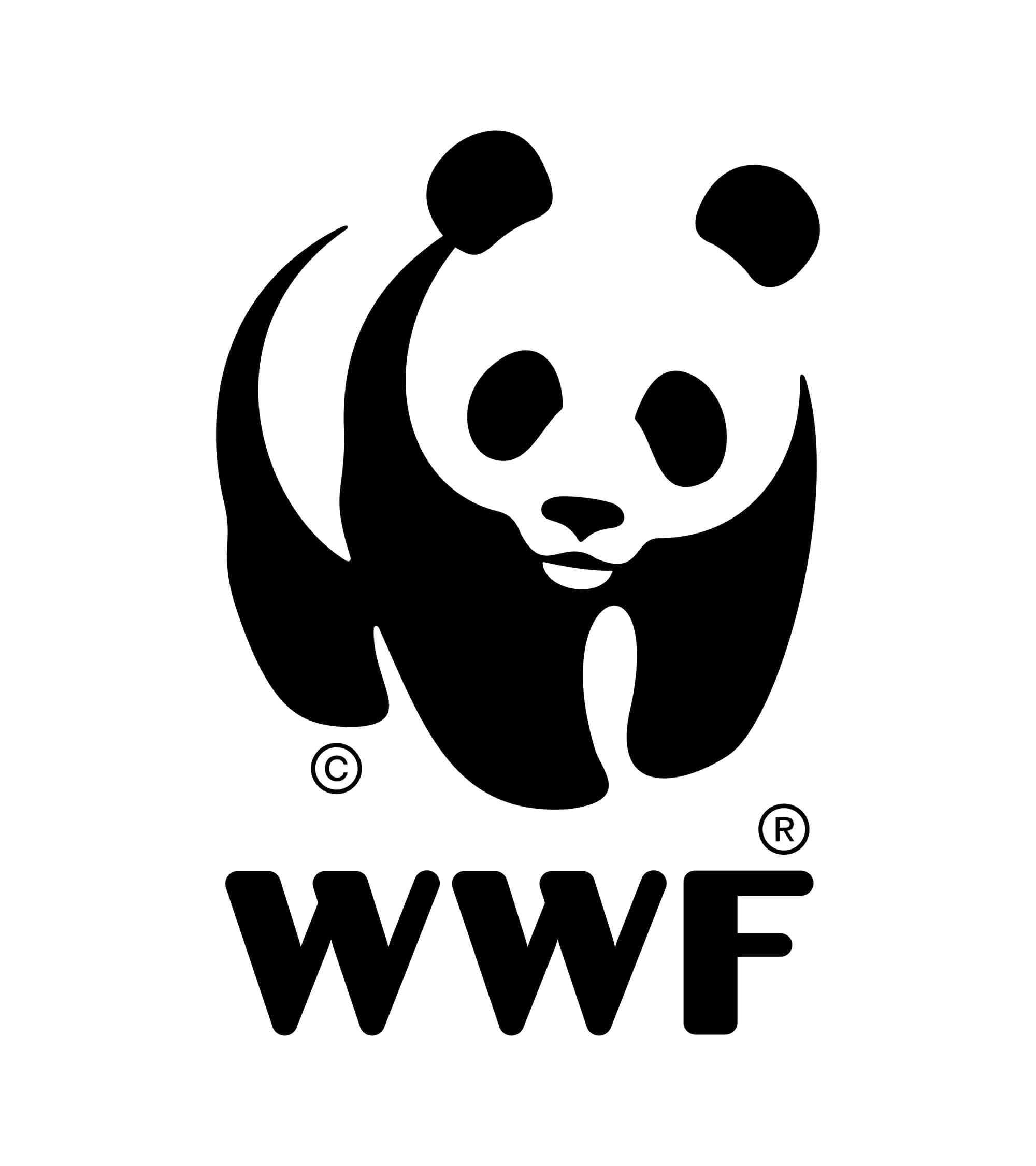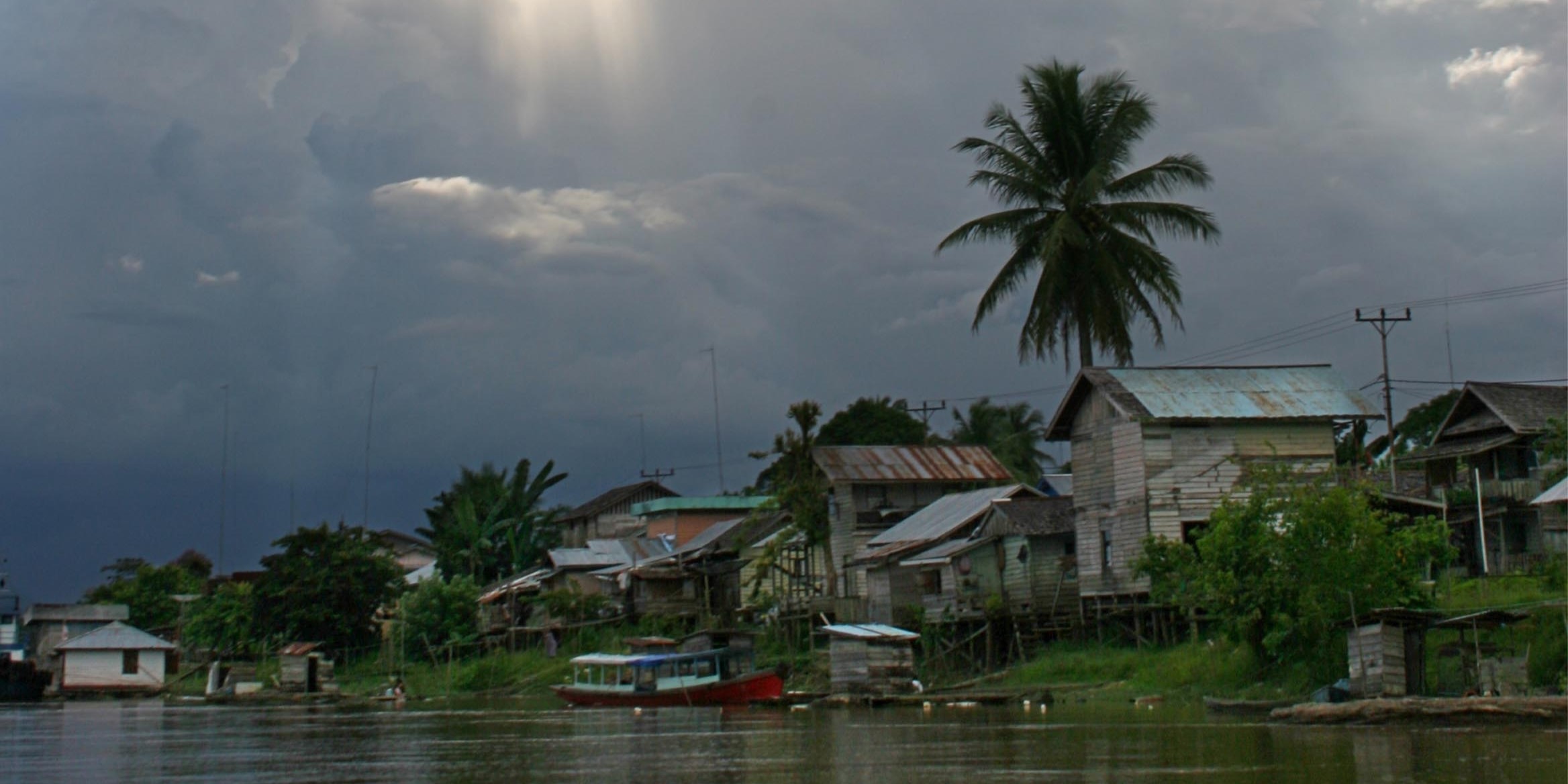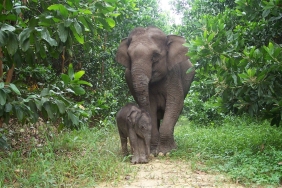LABIAN-LEBOYAN READY TO BECOME STRATEGIC AREA OF KAPUAS HULU DISTRICT
Kapuas Hulu (25/01)-Kapuas Hulu Regency in 2010 revised the Kapuas Hulu Regency Spatial Plan (RTRWK) which is valid for the next 20 years (2011-2031) and is targeted for 2012 to be confirmed through local regulations. The goal of Kapuas Hulu Regency as stated in the document is "to make Kapuas Hulu Regency a Conservation Regency on the Front Porch of the Unitary State of the Republic of Indonesia that is safe, comfortable, productive and sustainable through the development of ecotourism that is harmonious with agropolitan to improve people's welfare and alleviate underdeveloped areas."
The Kapuas Hulu RTRWK is still a general plan for spatial planning at the district level. In order for this document to serve as a guideline for the utilization and control of spatial planning, more operational spatial planning documents are still needed, consisting of District Strategic Areas (KSK) and District Detailed Spatial Plans (RDTR). There are 3 KSKs in Kapuas Hulu District, including: (1) Lake Sentarum National Park Ecotourism Area which is a district strategic area in terms of environmental and economic interests; (2) Labian-Leboyan Corridor Area between Lake Sentarum National Park and Betung Kerihun National Park which is a district strategic area in terms of environmental interests; (3) Agropolitan Area and its surroundings which is a district strategic area in terms of economic interests.
The Regional Secretary of Kapuas Hulu, Ir. H. Muhammad Sukri during the signing of the MoU between the Kapuas Hulu Government and WF Indonesia on the preparation of the Detailed Plan of Labian-Leboyan Corridor as Kapuas Hulu District Strategic Area (KSK) in Putussibau, January 25, 2012 said, "The Kapuas Hulu District Government still has the responsibility to complete the draft of the 3 KSKs and the RDTR. In the preparation of these drafts we have endeavored to be transparent and participatory. This is important because in addition to fulfilling the principles of good governance, it will also ease the work of the district government because of the participation of the public to help think about how this design should look like. With WWF-Indonesia willing to provide support, specifically for the TNDS-TNBK biodiversity corridor KSK, the area will be managed properly while still paying attention to the position and role of the community to continue to be able to utilize its natural resources in a sustainable manner," he explained.
Also conveyed by the National Coordinator of Heart of Borneo (HoB), WWF-Indonesia, Wisnu Rusmantoro, "The TNBK-TNDS corridor is one of the agendas of the Heart of Borneo (HoB) in building connectivity between conservation areas, as emphasized in Chapter I, Article I, Item 8 in Presidential Regulation No. 3 of 2012 concerning the Kalimantan Island Spatial Plan". The HoB initiative overseen by the central, provincial and district governments is a hierarchical sustainable development program with reference to the RTRWN. "With the district government's commitment to encourage development that has a conservation perspective, the initiative to build this corridor is one form of HoB implementation in the field. We hope the HoB Working Group at various levels (national, provincial and district) can coordinate this so that the Kapuas Hulu district government's commitment can get support from various groups," he added.
In several discussions on the KSK between WWF-Indonesia and the Kapuas Hulu district government, WWF-Indonesia considers that there needs to be a special approach to develop a development pattern that synergizes ecology, economy, and socio-culture. Therefore, the district government must open up space for partnerships with other parties to maximize the design of KSK and RDTR. On this occasion, WWF-Indonesia is committed to supporting the district government in drafting the KSK, especially those concerning the TNDS-TNBK biodiversity corridor, which is outlined in the form of a memorandum of understanding with the Kapuas Hulu district government.
"WWF-Indonesia as a conservation organization is pleased that the Kapuas Hulu District Government has a high commitment to conservation and is open to involving us to participate in drafting the KSK," explained WWF-Indonesia's West Kalimantan Program Manager, M. Hermayani Putera. The TNBK-TNDS corridor, which is rich in biodiversity, can also be a source of livelihood for the surrounding communities. For this reason, it is necessary to harmonize the utilization pattern so that the existing natural wealth can be enjoyed for present and future generations. "We then communicate this alignment strategy to related parties, especially the Kapuas Hulu District Government. With this memorandum of understanding, it is a guide for the Government of Kapuas Hulu Regency in particular, and the community in general for WWF-Indonesia's commitment to conservation development in West Kalimantan," he said.
This Memorandum of Understanding is intended to provide certainty for the Parties, namely WWF-Indonesia and the Kapuas Hulu District Government, in the preparation of the KSK Corridor TNBK-TNDS Document. The important thing that will be produced in this cooperation is a document that is expected to be one of the guidelines for controlling and utilizing space in the TNBK-TNDS Corridor Area at least for the next 20 years (2011-2031).





